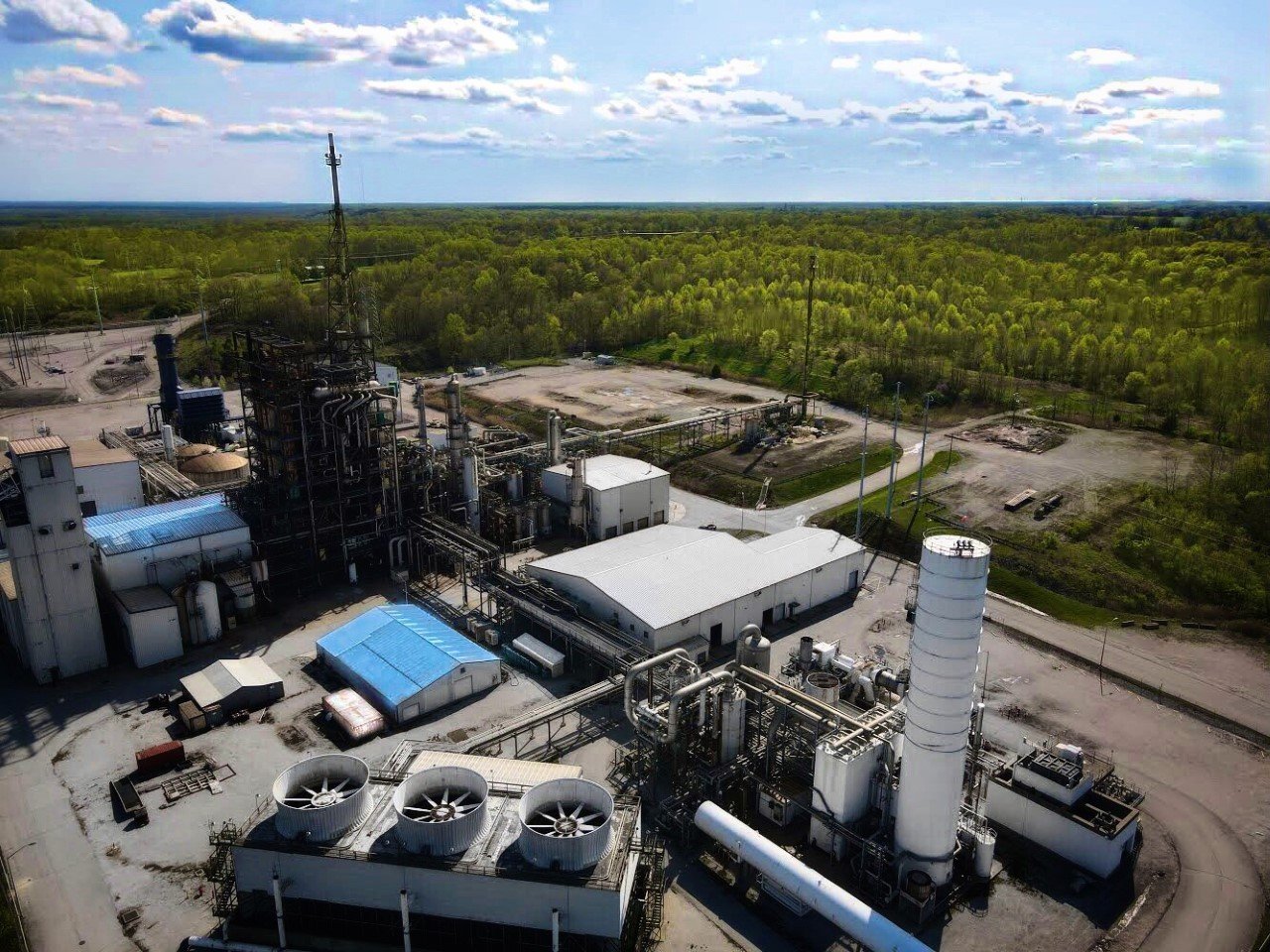Key Takeaways:
- DOE Loan Commitment: The Department of Energy has announced a $1.559 billion loan toward Wabash Valley Resources’s $2.4 billion low-carbon ammonia production project.
- Carbon-Negative Potential: WVR aims to create the first carbon-negative ammonia production facility in the U.S. through its innovative process.
- Job Creation: The project is expected to generate over 1,100 jobs, including at least 500 union construction jobs.
- Strategic Partnerships: Companies like Baker Hughes, Honeywell, and Samsung E&A America are key players in supporting the project’s development.
- Agricultural Impact: The domestic production of low-carbon ammonia could stabilize fertilizer supply and open new market opportunities for American farmers.
In a significant development for U.S. agriculture and environmental sustainability, the Department of Energy’s Loan Programs Office has announced a conditional commitment of a $1.559 billion loan to Wabash Valley Resources (WVR). This loan, part of a broader $2.4 billion investment, aims to increase the domestic supply of low-carbon anhydrous ammonia fertilizer and reduce reliance on imported ammonia in the Eastern Corn Belt.
Carbon-Negative Ammonia Production
WVR's approach to ammonia production integrates industrial waste with carbon capture technologies, with the potential to make it the first carbon-negative ammonia production facility in the United States. This method, designed to capture and store carbon emissions, offers a way to produce ammonia—a key ingredient in fertilizers—while minimizing environmental impact.
Boosting Domestic Fertilizer Supply
The investment is part of an effort to alleviate supply chain constraints in the Eastern Corn Belt, a region critical to U.S. corn and soybean farming. By producing ammonia domestically, WVR is expected to help stabilize the supply of fertilizer for American farmers, reducing dependency on imports and enhancing agricultural productivity. The production of low-carbon ammonia is also anticipated to support the cultivation of low-carbon corn and ethanol, potentially opening up new market opportunities for U.S. farmers.
Economic Impact on Coal Communities
The $2.4 billion project is expected to create over 1,100 direct and indirect jobs, including at least 500 union construction jobs. WVR has signed the National Maintenance Agreement, maintaining its practice of employing union labor for both construction and maintenance. The project will also bring economic revitalization to a community that has been affected by the decline of coal-related industries.
Strategic Partnerships
WVR’s project has garnered support from several prominent organizations. Climate Investment, an investor focused on decarbonization, was an early backer of WVR’s carbon capture initiatives. Energy technology company Baker Hughes has supported WVR’s geological sequestration efforts and will supply advanced technology for the project. Honeywell, a global player in energy transition technologies, contributed to the design of WVR’s carbon capture system through its cryogenic gas separation technology. Samsung E&A America, an engineering firm with a focus on energy transition, is managing the facility’s overall design.
Dan Williams, WVR’s Chief Operating Officer, stated, “This close to a-decade-long development phase has been made possible through the dedicated efforts of the Department of Energy, the building trades unions, and our strategic partners.”


